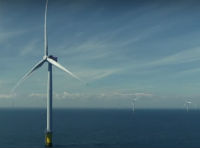 Recently, we posted about the first offshore wind farm in the US — the Deepwater Wind Project which is installing five turbines with an installed capacity of 30 MW off Block Island, RI. While this is definitely progress, it is also a reminder of how far behind the US is in developing offshore wind power as compared to the rest of the world.
Recently, we posted about the first offshore wind farm in the US — the Deepwater Wind Project which is installing five turbines with an installed capacity of 30 MW off Block Island, RI. While this is definitely progress, it is also a reminder of how far behind the US is in developing offshore wind power as compared to the rest of the world.
Last week, the UK approved Hornsea Two, the second phase of the world’s largest wind farm. The 300 turbine project by Denmark’s Dong Energy is fifty-five miles off the coast of Grimsby and is expected to deliver 1.8 gigawatts of clean electricity to 1.8m UK homes. With the 1.2 gigawatts developed by phase one of the project, Hornsby One, the combined project will supply 3 gigawatts, enough to power 2.5 million average (U.S.) households. If the third phase of the project is completed, Hornsea will have a total capacity of 4 gigawatts.

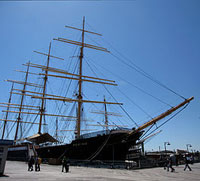
 One day, I would love to sail to the
One day, I would love to sail to the 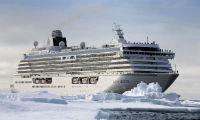 The 1,070 passenger 68,870 GT cruise ship
The 1,070 passenger 68,870 GT cruise ship 
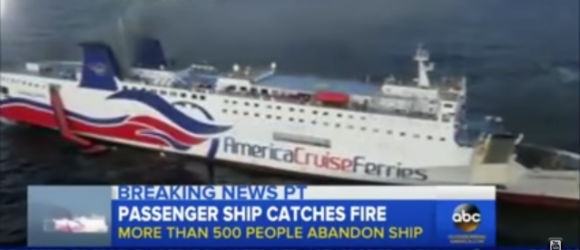 A fire broke out on the passenger/roro ferry
A fire broke out on the passenger/roro ferry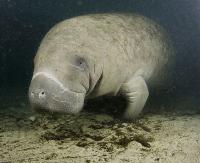 Recently, what is being described as a “
Recently, what is being described as a “ Last November, we posted
Last November, we posted 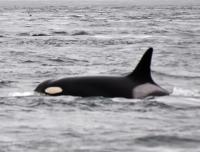
 A new and fascinating video from
A new and fascinating video from 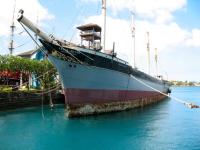 Sad, if not surprising news. The Hawaii Department of Transportation Harbors Division (HDOT Harbors) has
Sad, if not surprising news. The Hawaii Department of Transportation Harbors Division (HDOT Harbors) has 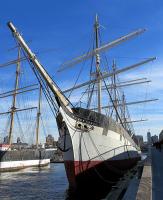
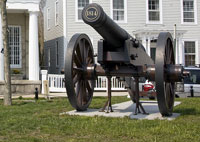 Two hundred and two years ago this week, in a three day battle, the militia at Stonington, CT drove off a four ship Royal Navy flotilla during the War of 1812. Here is lightly edited
Two hundred and two years ago this week, in a three day battle, the militia at Stonington, CT drove off a four ship Royal Navy flotilla during the War of 1812. Here is lightly edited 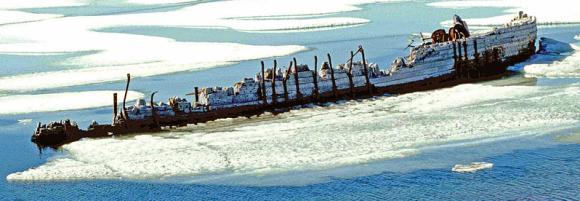 A team of Norwegians have spent the last six summers in Cambridge Bay off the Nunavut territory of northern Canada attempting to raise Arctic explorer
A team of Norwegians have spent the last six summers in Cambridge Bay off the Nunavut territory of northern Canada attempting to raise Arctic explorer 
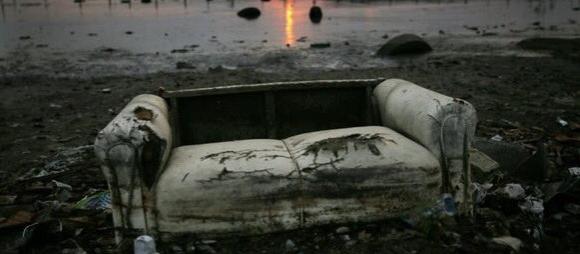 A story for all the Olympic couch-potatoes out there. A few days ago, Paul Kelso, a Sky news reporter tweeted:
A story for all the Olympic couch-potatoes out there. A few days ago, Paul Kelso, a Sky news reporter tweeted:  A video for a Sunday morning. Filmmaker Frank Oly joined the bark Europa on a voyage from Gran Canaria to Antarctica. He stayed on board for 3 months and filmed this experience. Europa is a steel-hulled barque registered in the Netherlands. Built as a lightship in 1911, she was converted to a bark in 1994.
A video for a Sunday morning. Filmmaker Frank Oly joined the bark Europa on a voyage from Gran Canaria to Antarctica. He stayed on board for 3 months and filmed this experience. Europa is a steel-hulled barque registered in the Netherlands. Built as a lightship in 1911, she was converted to a bark in 1994.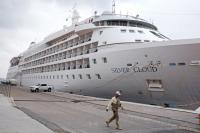
 After struggling to raise funds to pay for pilotage fees, the replica Viking longship Draken Harald Hårfagre has ended its voyage in the Great Lakes at Green Bay, WI. Plans to go on to Duluth, Minnesota have been abandoned. A planned stop in New York harbor in September will go on as scheduled. From the press release:
After struggling to raise funds to pay for pilotage fees, the replica Viking longship Draken Harald Hårfagre has ended its voyage in the Great Lakes at Green Bay, WI. Plans to go on to Duluth, Minnesota have been abandoned. A planned stop in New York harbor in September will go on as scheduled. From the press release: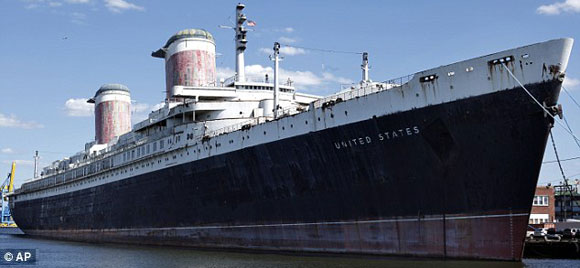 Last February we posted “
Last February we posted “